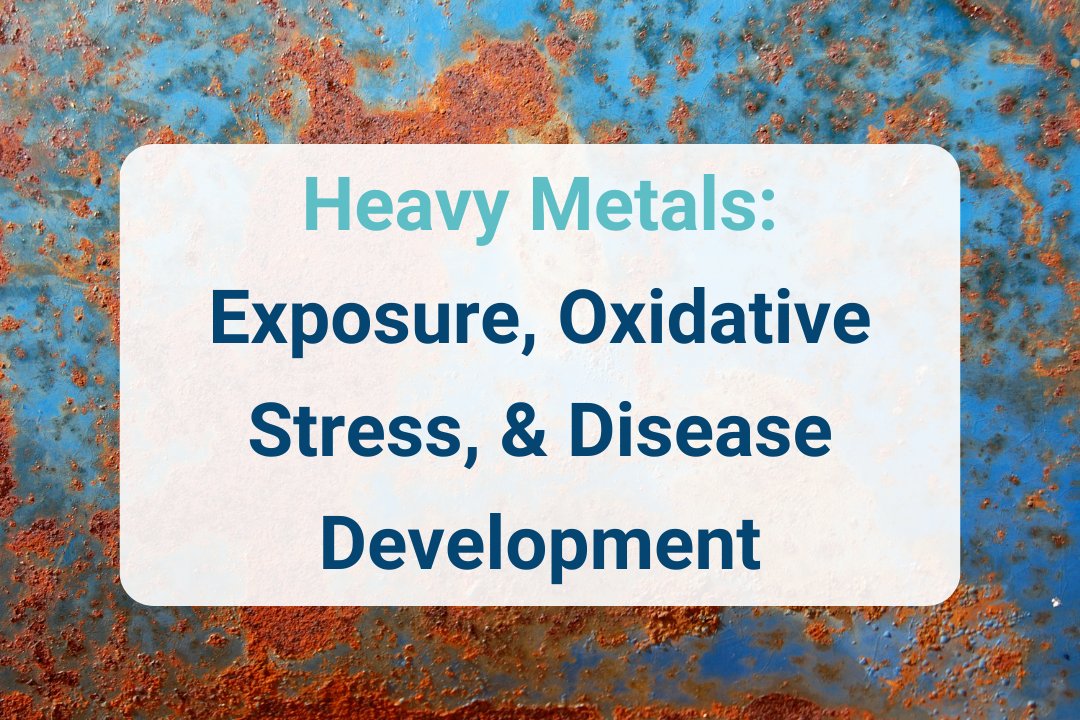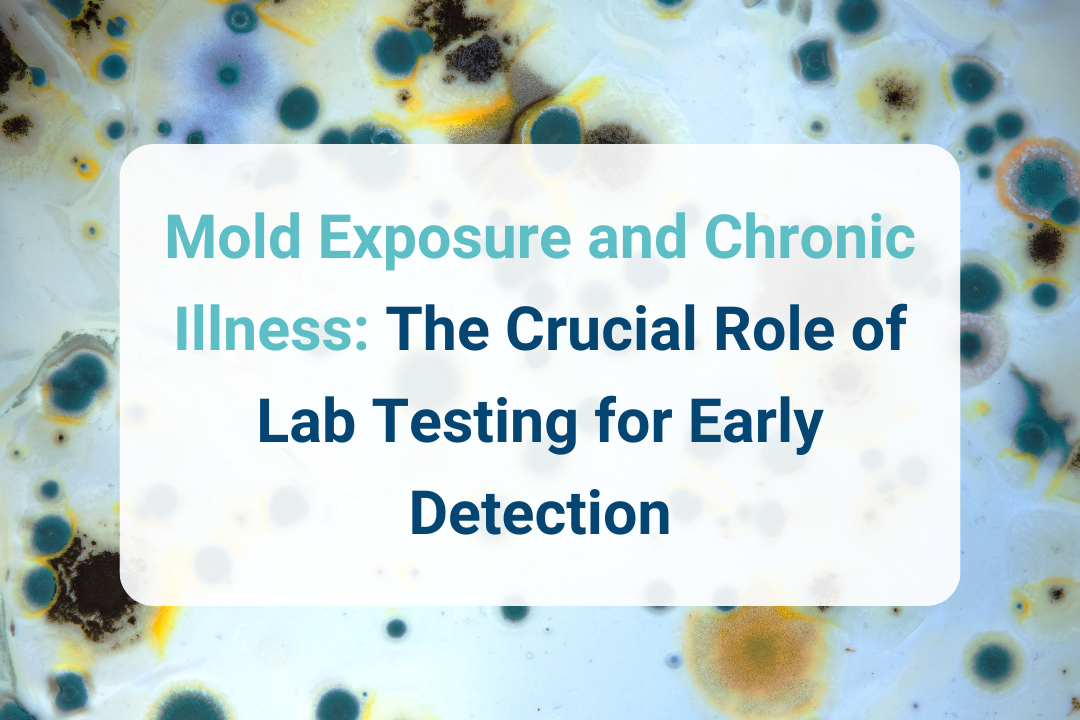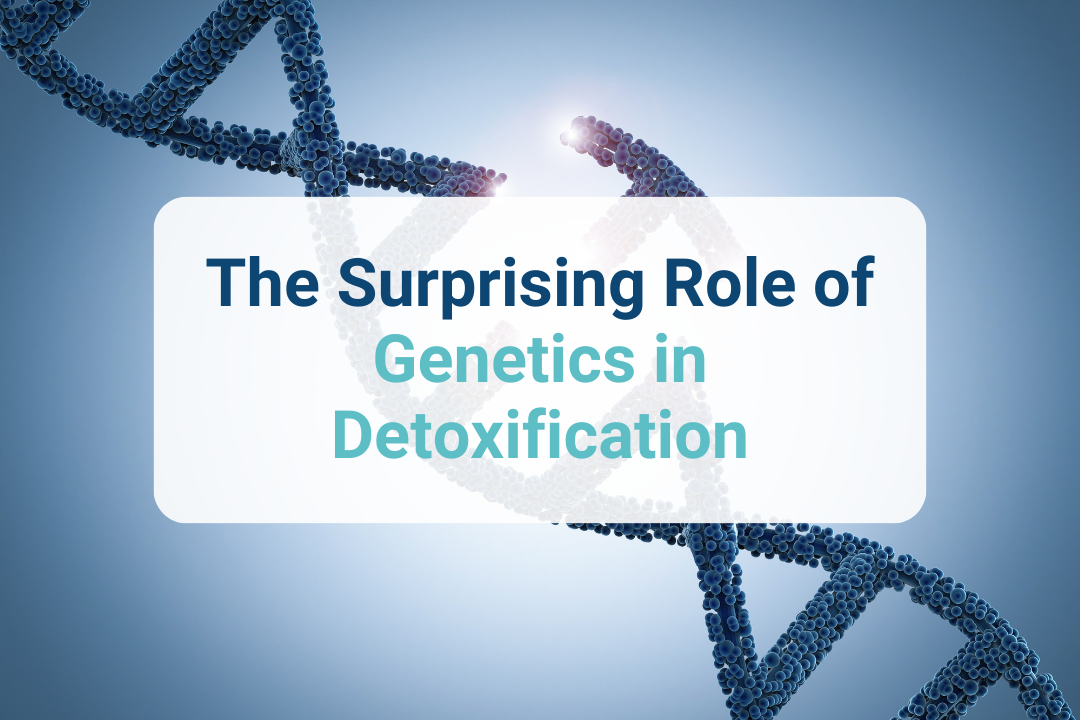Exploring the Effects of Toxins on Cellular Aging & Longevity
We’re constantly exposed to harmful environmental toxins— they’re in everything from pollution to shaving cream and cosmetics.
Since the 1970s, more than 87,000 chemicals have been approved for commercial use. Yet of those, only about one thousand have been formally examined and graded for their carcinogenic potential.1
These unprecedented rates of chemical exposure have profound implications for our health, particularly regarding cellular aging and overall longevity.
Environmental toxins, notably heavy metals, pollutants in air and water, mold-derived mycotoxins, and various chemical agents, are key players in accelerating cellular damage. This, in turn, leads to premature aging and a heightened risk of chronic illness.
This article explores the intricate relationship between toxin exposure and cellular longevity. We’ll discuss common sources, how toxins accelerate aging and age-related disease, and how to utilize precision testing and detoxification strategies to identify and manage toxic exposure.
Understanding Toxins and Their Impact on Health

Toxins, by their very nature, have the potential to cause harm to the body. Environmental toxins encompass a wide array of chemicals —from heavy metals like lead and mercury to organic pollutants and industrial chemicals such as bisphenol A (BPA), parabens, and phthalates.
The ubiquity of these substances raises significant health concerns.
One set of toxins, known as per- and polyfluoroalkyl substances (PFAS) or “forever chemicals,” are especially concerning.
PFAS have an unmatched ability to resist degradation in both the environment and our bodies. Certain PFAS compounds can linger for decades in the human body before breaking down.
These chemicals are associated with several adverse health outcomes, including liver toxicity, altered immunity, kidney disease, and even cancer. A growing body of research also supports a link between PFAS and endocrine disruption.
Environmental toxin exposure has also been linked to neurological health risks.
Studies have found an association between air pollution exposure and an increased risk for Alzheimer's disease and other dementias.
This research points to the intricate relationship between inhaled toxins and cognitive decline, suggesting that air pollutants can induce oxidative stress and inflammation—key processes implicated in neurodegenerative diseases.2
Toxins play a major role in escalating chronic illness, especially among young people. As we’ll see, their ability to degrade various body systems implicates them as a crucial factor in accelerated aging.
The Link Between Toxins and Aging

Environmental toxins play a significant role in cellular aging, primarily by contributing to cellular damage, oxidative stress, and inflammation.
These impact factors are pivotal in accelerating the aging process, as they disrupt cellular functions and contribute to the accumulation of cellular senescence—a state where cells cease to divide and grow.
The Impact of Cellular Senescence
Cellular senescence is a natural part of the aging process but can be prematurely triggered by external stressors, including toxin exposure.
Cellular senescence is directly related to aging and affects the body in two ways. First, the excessive accumulation of senescent cells inevitably affects tissue regeneration. Second, senescent cells secrete several inflammatory factors and present with the senescence-associated secretory phenotype (SASP), which has negative effects on the surrounding environment.5
Oxidative Stress and Aging
Toxins can also accelerate aging by inducing oxidative stress. Oxidative stress arises when there is an imbalance between free radicals and antioxidants in the body, leading to damage of lipids, proteins, and DNA within cells—an effect that environmental toxins can significantly amplify.
Toxins can cause oxidative stress by either increasing ROS (reactive oxygen species) production or impairing antioxidant defense systems.
Data suggests that the oxidative stress-induced cellular response following heavy metal exposure is linked with an increased risk of neoplasm, neurological disorders, diabetes, infertility, developmental disorders, renal failure, and cardiovascular disease.6
Toxins and Telomere Shortening
Lastly, toxins can trigger premature aging through telomere shortening.
Telomeres are protective caps at the ends of chromosomes that protect them from degradation, end-to-end fusion, and recombination. Telomeres naturally shorten with age, but this can be accelerated by disease.7
Evidence suggests that environmental toxicity can negatively impact telomere length. Overall, research demonstrates that exposure to environmental pollutants could lead to accelerated telomere erosion and further induce premature senescence. This could be responsible for accelerated aging and the high morbidity and mortality rates of age-related diseases.7
Innovative Diagnostic Solutions and the Future of Detoxification
Advancements in diagnostic testing have been instrumental in uncovering the hidden impacts of environmental toxins.
Understanding the body's natural detoxification mechanisms provides a foundation for supporting these processes through evidence-based strategies. Future research in this area is likely to focus on enhancing the efficiency of detoxification pathways and developing new methods to remove or neutralize toxins within the body.
Precision Testing: Unveiling the Invisible Threats

To accurately assess your patients’ toxin levels and guide personalized treatment plans, you can utilize precision testing.
Vibrant Wellness panels that test for toxins include:
- Environmental Toxins: Detects exposure to environmental toxins including common pesticides, herbicides, plasticizers, and preservatives using 39 different markers.
- Heavy Metals: Test for exposure to 20 of the most harmful heavy metals and elements such as arsenic, lead, and mercury.
- Mycotoxins Test: Measures levels of 29 of the most common mycotoxins produced by mold that people are exposed to from both dietary and environmental sources.
- PFAS Chemical Test: Monitors exposure to perfluoroalkyl and polyfluoroalkyl chemicals, commonly called "PFAS".
- Total Tox Burden: Detects levels of 20 heavy metals, 29 mycotoxins, and 39 environmental toxins for a comprehensive toxin assessment.
- Toxin Genetics: Assesses for multiple genetic variations impacting detoxification.
These panels will help you gain a comprehensive assessment of your patients’ toxin levels and their various sources, allowing you to create personalized detoxification plans to prevent accelerated aging and promote longevity.
The Critical Role of Detoxification in Longevity

Detoxification is a fundamental process through which the body neutralizes or eliminates toxins, playing a pivotal role in maintaining health and supporting longevity. The liver, kidneys, digestive system, skin, and lungs all work synergistically to process and remove harmful substances encountered in daily life.
Detoxification Systems in the Body
In our modern environment, characterized by unprecedented levels of pollution and chemical exposure, our natural detoxification mechanisms can become overwhelmed.
This burden can lead to an accumulation of toxins in the body, contributing to oxidative stress, inflammation, and cellular damage. These conditions accelerate the aging process and increase the risk of chronic diseases.
Strategies to Enhance Detoxification
Enhancing the body's ability to detoxify is crucial for mitigating toxic damage and promoting longevity. Dietary changes, such as increasing intake of antioxidant-rich fruits and vegetables, can support liver function and combat oxidative stress.
Foods high in fiber support digestive health and facilitate the elimination of toxins. Supplements, including milk thistle, turmeric, and vitamins C and E, have been shown to support detoxification pathways and protect against cellular damage.
Lifestyle modifications, such as regular exercise and adequate hydration, further aid in the efficient removal of toxins through sweat and urine. Additionally, reducing exposure to toxins by choosing organic foods, using natural personal care and household products, and avoiding known pollutants whenever possible can significantly lighten the body's detoxification load.
Advanced diagnostic tests can identify specific toxins present in the body and their concentrations, enabling healthcare providers to tailor detoxification protocols to the individual needs of each patient.
By incorporating these strategies, you can help your patients enhance their body's natural detoxification processes, reduce their toxic burden, and support their overall health and longevity.
See how to develop a comprehensive detoxification food plan for patients here.
Future Directions and Research
Emerging research continues to delve into the intricate ways toxins influence cellular aging and overall longevity, illuminating the complex interplay between environmental exposures and biological processes.
Studies are increasingly focusing on the molecular and genetic bases of toxin-induced aging, seeking to understand the specific pathways through which toxins such as PFAS, heavy metals, and air pollutants contribute to cellular senescence, DNA damage, and mitochondrial dysfunction.
This burgeoning field of research promises to enhance our understanding of aging at a cellular level and to identify potential therapeutic targets for preventing or mitigating environmental toxins' effects on the body.
Additionally, there's a growing interest in exploring the epigenetic effects of toxins—how they may alter gene expression related to aging without changing the DNA sequence itself, offering insights into how these exposures may affect not just individuals but potentially future generations.
Looking forward, the role of advanced diagnostics will become increasingly central in personalized medicine approaches, enabling tailored interventions that address individual exposures and susceptibilities. As research progresses, the collaboration between scientists, healthcare providers, and biotechnology institutions will be instrumental in transforming our ability to understand, detect, and counteract the aging effects of environmental toxins, paving the way toward healthier, longer lives.
Toxins, Aging, & Longevity
The intersection of environmental toxins and aging is a complex field that underscores the importance of interdisciplinary approaches in healthcare.
As we deepen our understanding of how these external factors influence cellular aging and the onset of age-related diseases, the role of medical professionals expands to include advocacy for environmental health and personalized care strategies aimed at mitigating toxin exposure.
Embracing the insights provided by recent research and integrating advanced diagnostic tools into practice will empower you to contribute to the longevity and well-being of your patients.
Further Reading
For more insights into toxins and detoxification, explore the following articles:
The Surprising Role of Genetics in Detoxification
The Link Between Heavy Metals & Autoimmune Disease
Exploring Links Between Mold, Mycotoxins, and Chronic Symptoms
Regulatory Statement:
The general wellness test intended uses relate to sustaining or offering general improvement to functions associated with a general state of health while making reference to diseases or conditions. This test has been laboratory developed and its performance characteristics determined by Vibrant America LLC and Vibrant Genomics, a CLIA-certified and CAP-accredited laboratory performing the test. The lab tests referenced have not been cleared or approved by the U.S. Food and Drug Administration (FDA). Although FDA does not currently clear or approve laboratory-developed tests in the U.S., certification of the laboratory is required under CLIA to ensure the quality and validity of the tests.
 By
By




